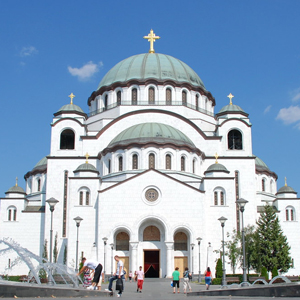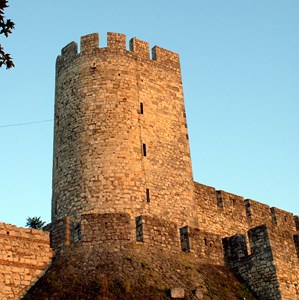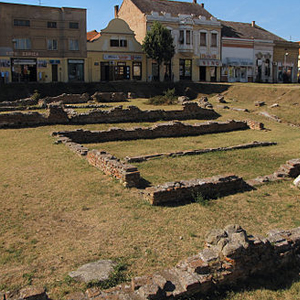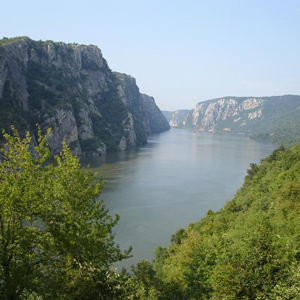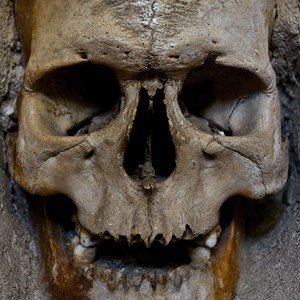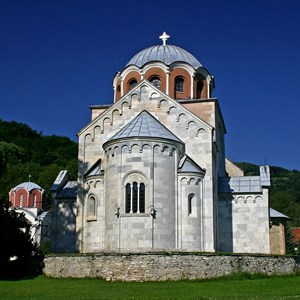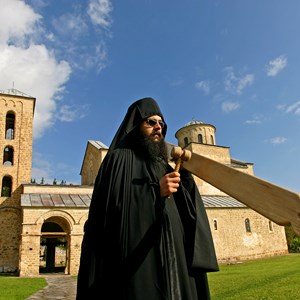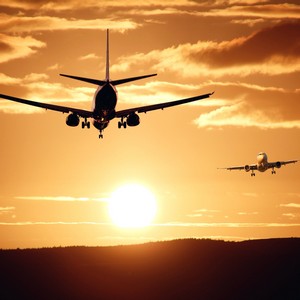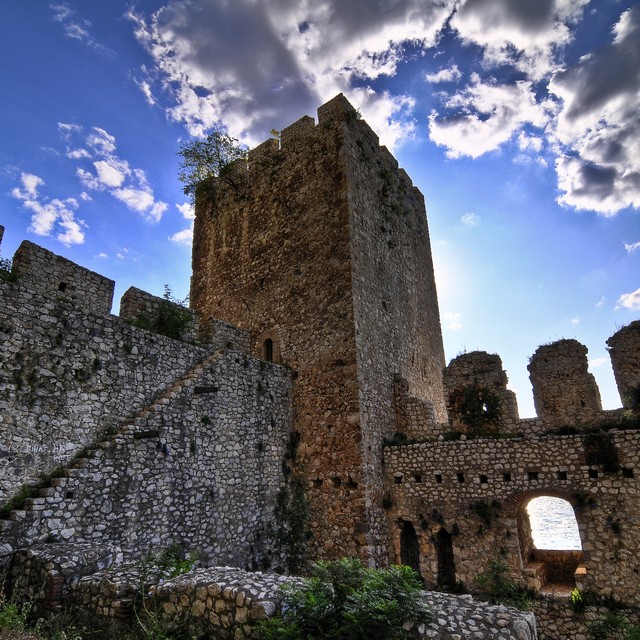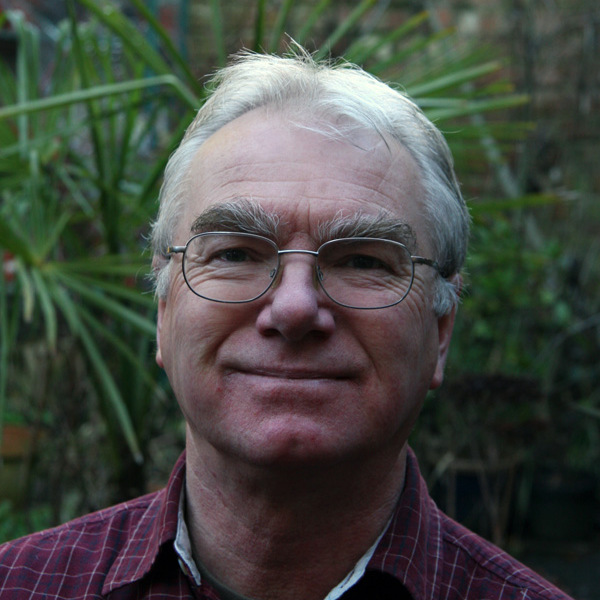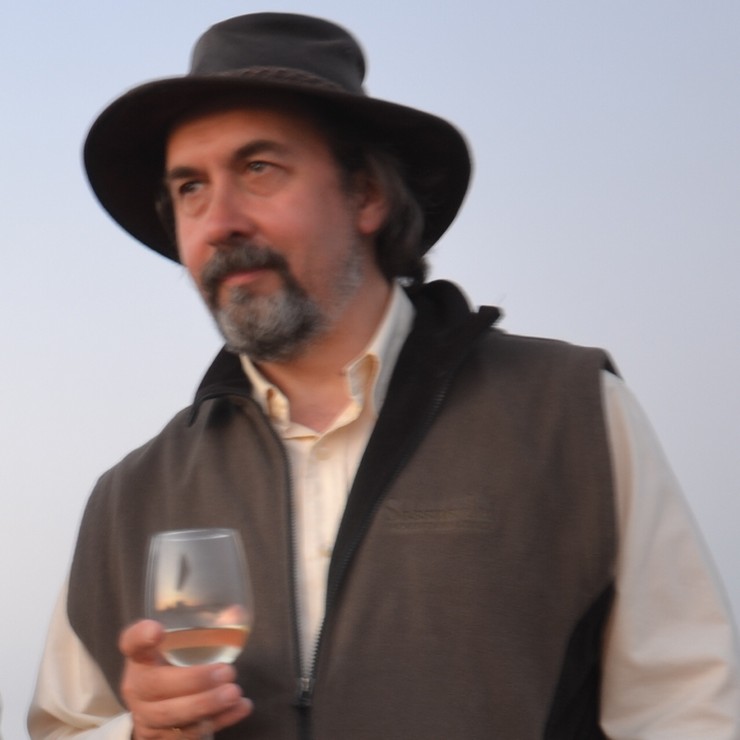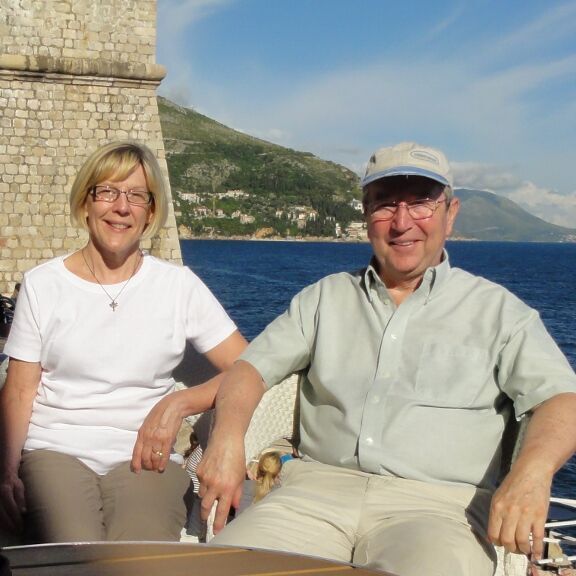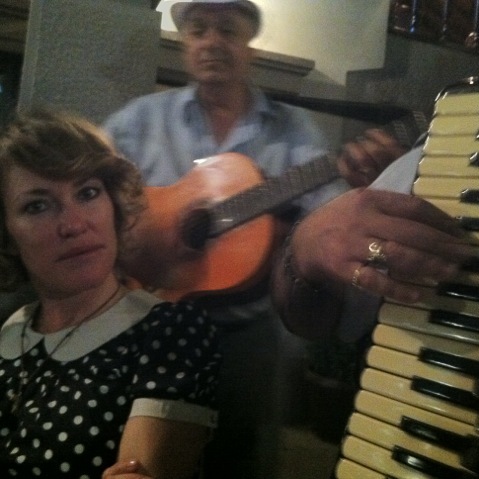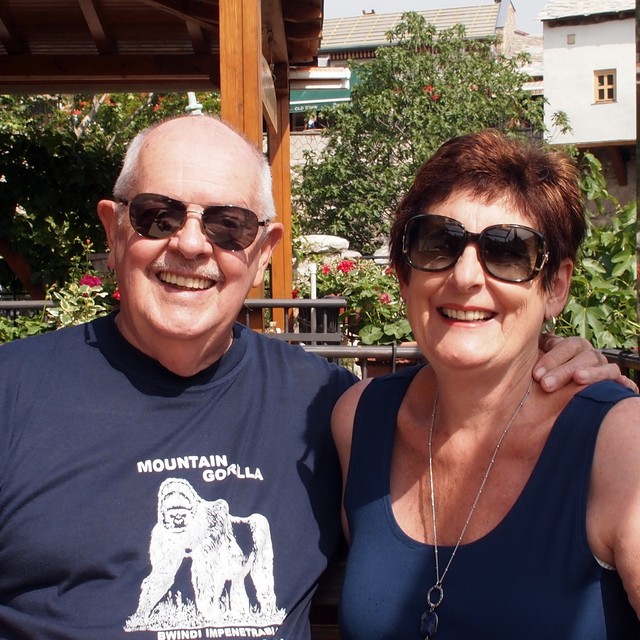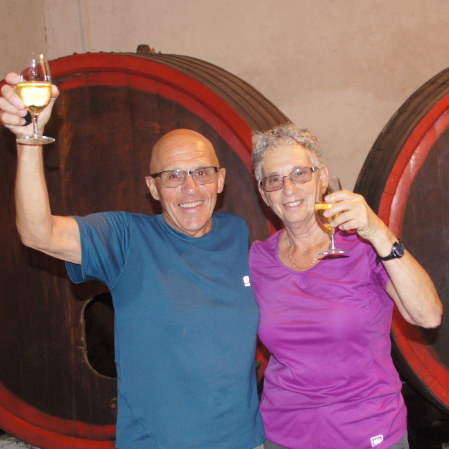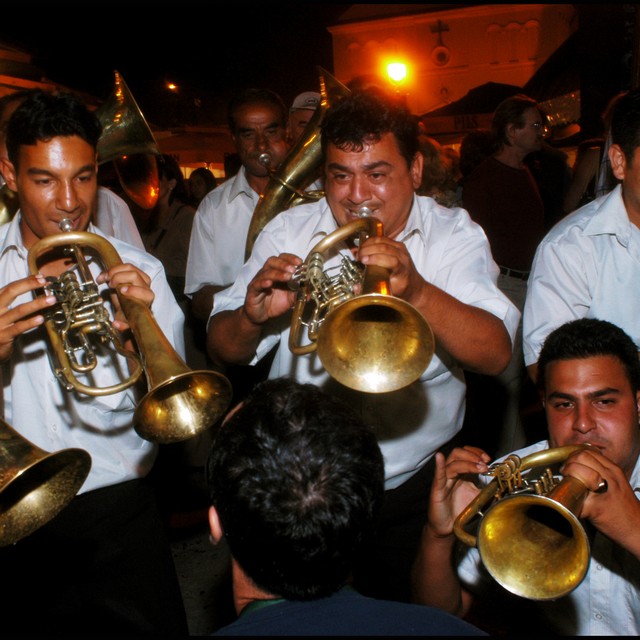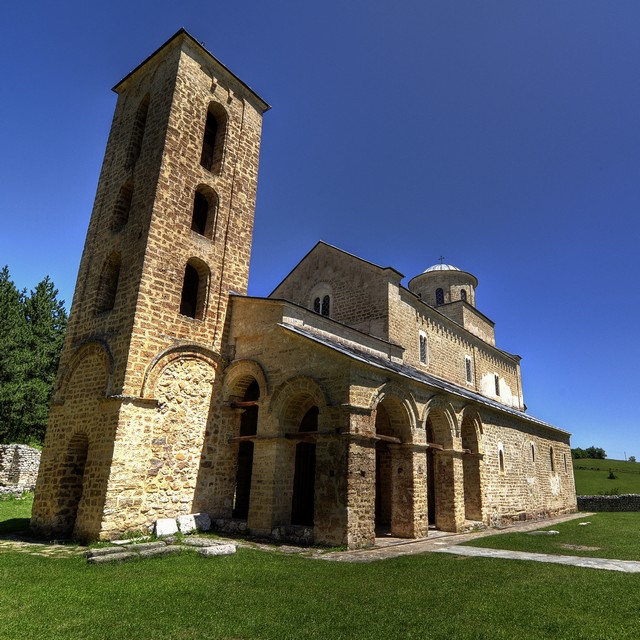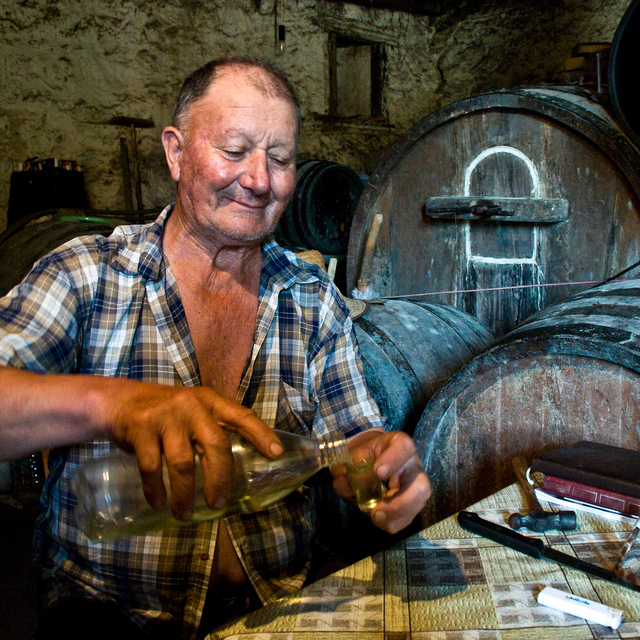In the morning, travel to Zajecar and take a tour of Gamzigrad. Explore the ruins, discovering key sights that will include the Felix Romuliana Palace. Later, continue on to Niš and take a tour of the city. Overnight in Niš.
Overnight in The Regent Club, Niš
Meal plan: Breakfast
Niš is the second largest town in Serbia and is most famous as the birthplace of Constantine the Great. It is situated in the Nišava valley, near the spot where it joins the Južna Morava River. This is one of the most important Balkan and European traffic lines along which people, goods and armies moved. Known as the 'Via Militaris' in Roman and Byzantine periods and the 'Constantinople road' in the Middle Ages and the period of Turkish rule, these roads still represent major European traffic arteries. Niš is one of the oldest cities in the Balkans, and has been considered a gateway between the East and the West since ancient times. There is abundant archaeological evidence that Niš was inhabited even in prehistoric times. The city was named after the Nišava River, which was called Navissos by the Celtic inhabitants of the town. Each new conqueror gave the town a new name: Roman Naissus, Byzantine Nysos, Slovene Niš, or German Nissa.
The history of the Skull Tower of Niš: At the beginning of the 19th century, during the Second Serbian Uprising, it was crucial that the Serbian state liberate Nis from the Turks. The battle lasted the whole day and the Turks eventually overran the main trench on Čegar Hill after this fierce fighting. The Serbian General, Steven Sindelic, realising he was on the point of defeat, blew himself up alongside 3,000 Serbian soldiers and about 6,000 Turkish soldiers. The Turks built the grisly Skull Tower ("Cele Kula" in Serbian) with four walls - each containing eleven rows of seven Serbian skulls - as a warning against further Serbian resistance. Many of the skulls were removed - at great danger - by Serbian families and buried, but many remain there to this day. In 1892, a chapel was built over the skulls, which now protects the 58 remaining skulls.
The Roman site of Gamzigrad & Felix Romuliana is a palace and memorial complex dating from the late 3rd century. It was commissioned by the Roman Emperor Caius Galerius Maximianus as his Imperial Palace. There have been no attempts to rebuild or replicate any of the buildings, other than to conserve the ruins at their current level, making this site famous for its authenticity and integrity.
Zajecar is a city in the east of Serbia with an interesting history, as the birthplace of three Roman Emperors it uniquely demonstrates a passage in time for Roman building tradition. Today Zajecar is most widely known for its rock music festival, Gitarijada and its festival of contemporary art, ZALET.
